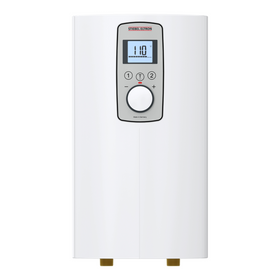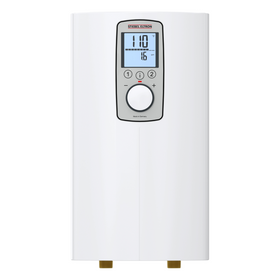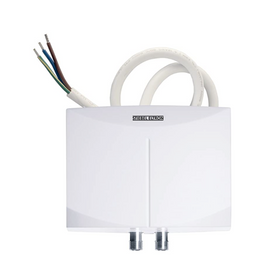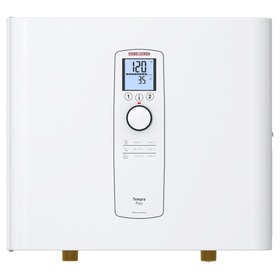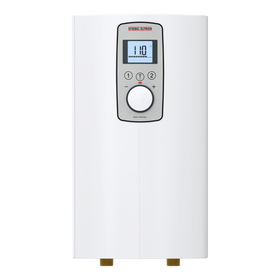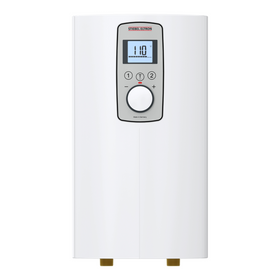- Home
What are the Benefits of a WaterSense Home Certification for Builders?
For builders, the certification is an opportunity to differentiate their homes from others on the market. The WaterSense Home certification process dovetails with other green building programs, like ENERGY STAR, the National Green Building Standard (NGBS), and the Home Energy Rating System (HERS). So, obtaining WaterSense certification requires only a few additional steps.
But even more important to builders is that water use restrictions introduced by either governments or utilities are liable to put new projects in jeopardy. One example is California's 55-gallon per-person, per-day limit, which will impose fines on utilities that exceed it once the law kicks in in 2023. (The average American uses 82 gallons of water per day, according to EPA). If utilities limit connections to the water supply, it could threaten builders' livelihoods in a way that energy efficiency never did. In this environment, the availability of energy does not determine whether or not a home is built. Schein says, "They're built or not built based on the availability of water.
How Many Homes Are WaterSense Certified?
As of June 2021, the EPA has logged certifications for roughly 3,000 homes under the original program, but deficiencies in the reporting process may have left half of the actual certifications uncounted. In addition to broadening certification options for builders, the 2021 version of the program (ver. 2.0) includes administrative updates expected to improve reporting. EPA hopes to increase the number of certifications to approximately 10,000 a year initially under the updated program, eventually increasing to about 30,000 annually.
What are the WaterSense Certification Steps?
To take part in the certification process, a builder must first become a WaterSense partner. There are currently 269 builder partners listed on the EPA website. The builder then chooses to pursue certification under one of the two Home Certification Organizations (HCOs) recognized by EPA. These organizations provide the framework through which a home is certified and work with energy experts who verify that the home meets WaterSense Home criteria.
How Much Does WaterSense Home Certification Cost?
According to Schein, most of the design components and fixtures required to get a new home to the WaterSense threshold of 30 percent higher efficiency add little additional cost. But builders do have to pay verifiers and invest in the expertise required to design efficient plumbing systems. Pricing for verifiers may run $400 to $1,000 for a single-family home, but this varies widely based on location and the type of project, says Wasser.
Home Innovation does not charge an additional fee for WaterSense certification. Instead, it's covered by certification fees for NGBS, which start at $100 for a single-family home and $300 for a multifamily dwelling, Wasser says.
In the end, she says, "A home that has a third-party green certification may have 1 to 5 percent (higher) construction costs, but there are long-term benefits throughout the ownership of the home through energy cost saving and reduced maintenance."
Does WaterSense Home Certification Add Value to a Home?
While there's little data on specifically how much value WaterSense certification adds to a home, Home Innovation points to research showing that buyers are willing to spend up to 4% of a home's purchase price for third-party green certifications. Water-saving features can also be documented as part of the Appraisal Institute's Residential Green and Energy Efficient Addendum to ensure they are considered when a home's value is determined.
Choosing to conserve water, particularly the idea of ensuring there's enough for future generations, is an idea EPA wants to promote. "People have an emotional reaction to water. It's necessary; we need it for life," Schein says. "We don't like to make it all about dollars and cents."








